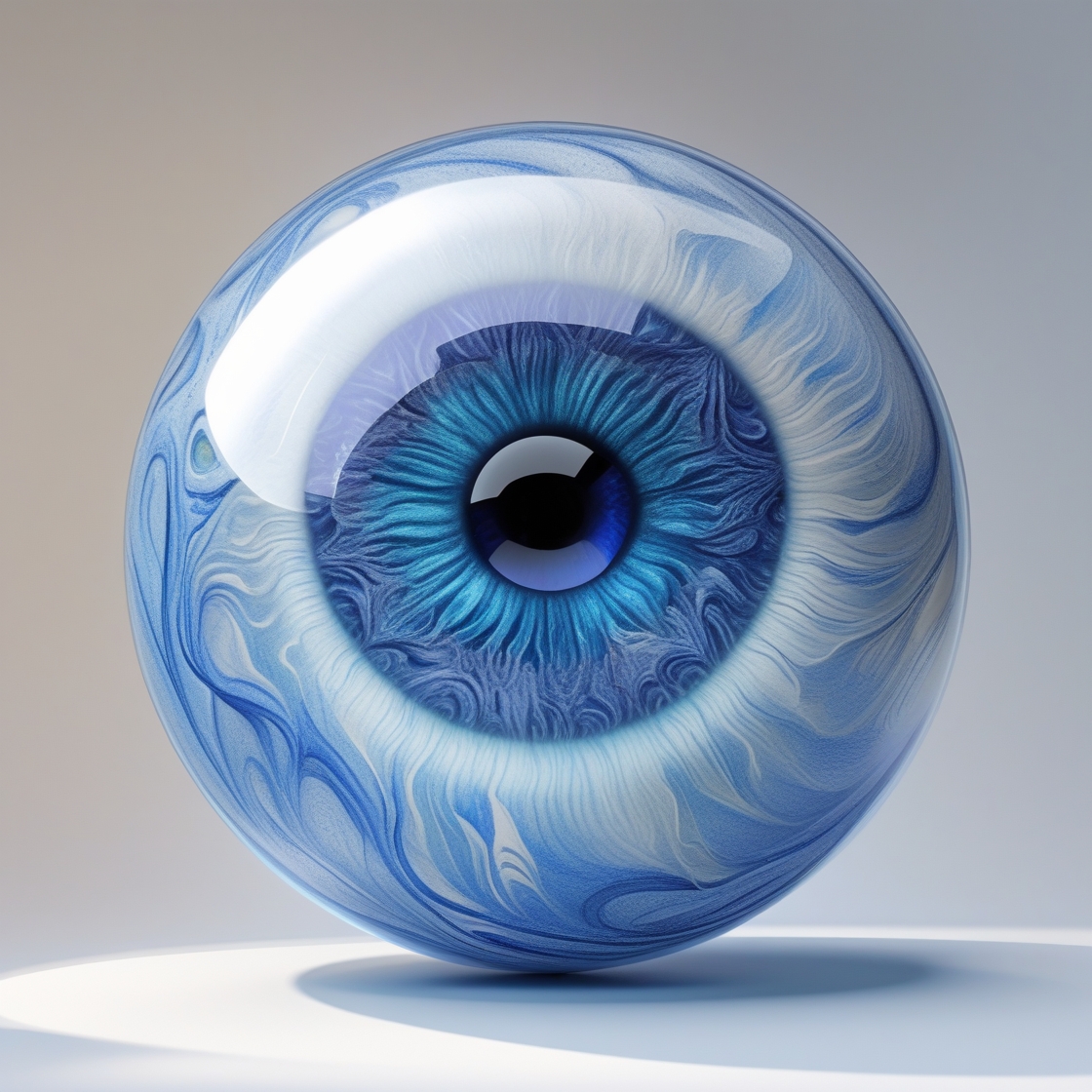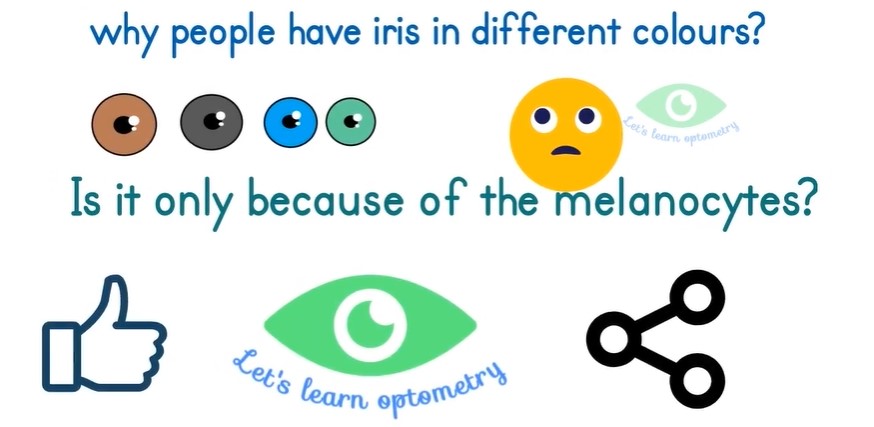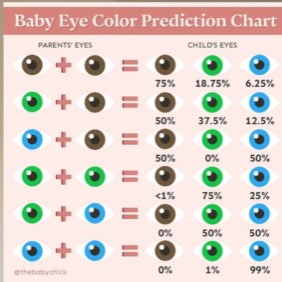Curious about your baby’s eye color? You’re not alone.
Many parents wonder what color their child’s eyes will be. A Baby Eye Color Calculator can help predict this. Eye color is a fascinating trait passed down through generations. By understanding genetics, you can make an educated guess about your baby’s eye color.
This calculator considers the eye colors of both parents and even grandparents. It then uses this information to predict your baby’s eye color. This tool is both fun and educational. It allows you to explore the science behind genetics in a simple way. Dive into the world of genetics and discover what eye color your little one might have.

Credit: www.pinterest.com
Introduction To Baby Eye Color
Curious about your baby’s eye color? Many parents wonder what eye color their baby will have. This excitement often leads them to use a baby eye color calculator. Understanding the basics of eye color can make this process even more engaging. Eye color isn’t just about looks; it’s a fascinating blend of genetics and nature.
Significance Of Eye Color
Eye color can tell a lot about our ancestry. It often reflects our genetic background. For many, eye color is a key part of identity. It adds to our uniqueness. Different cultures have different beliefs about eye color. Some even believe it can influence personality traits. Knowing your baby’s potential eye color can be a delightful part of expecting a child.
Genetics Behind Eye Color
Eye color is determined by genetics. It is influenced by the genes passed down from parents. The primary gene involved is called OCA2. This gene, along with others, determines the amount of melanin in the iris. More melanin means darker eyes, while less means lighter eyes. Here is a simple table to understand the basic genetic combinations:
| Parent 1 | Parent 2 | Possible Baby Eye Colors |
|---|---|---|
| Brown | Brown | Brown, Green, Blue |
| Brown | Blue | Brown, Green |
| Blue | Blue | Blue |
Remember, these are basic combinations. Genetics can be complex. Sometimes, eye color can skip generations. This means a baby could have eye color similar to their grandparents. Even with a calculator, surprises can happen. But that’s the joy of genetics!
Using a baby eye color calculator can be fun. It offers a glimpse into what might be. And while it may not be 100% accurate, it’s a great way to engage with the wonder of genetics.

Credit: www.reddit.com
How Eye Color Is Determined
Understanding how eye color is determined can be fascinating. The color of a baby’s eyes is influenced by the genes inherited from both parents. This process is complex and involves multiple factors. Let’s dive into the details of how genes and traits play a role in determining a baby’s eye color.
Role Of Genes
Genes are the building blocks of heredity. They carry the information that determines various traits, including eye color. Each parent contributes one gene for eye color to their child. The combination of these genes will decide the baby’s eye color.
There are two main genes involved in eye color determination: OCA2 and HERC2. The OCA2 gene helps produce melanin, the pigment responsible for eye color. The HERC2 gene controls the activity of the OCA2 gene.
Dominant And Recessive Traits
Eye color is a trait influenced by dominant and recessive genes. Dominant traits are more likely to be expressed, while recessive traits can be hidden.
For example, brown eyes are a dominant trait. If a baby inherits a brown eye gene from one parent and a blue eye gene from the other, the baby will likely have brown eyes.
Blue and green eyes are typically recessive traits. For a baby to have blue eyes, they must inherit blue eye genes from both parents. The same goes for green eyes.
Examples Of Eye Color Combinations
| Parent 1 Eye Color | Parent 2 Eye Color | Possible Baby Eye Colors |
|---|---|---|
| Brown | Brown | Brown, Green, Blue |
| Brown | Blue | Brown, Green |
| Blue | Blue | Blue |
Eye color can sometimes change as the baby grows. This is due to the amount of melanin increasing over time. Typically, by the age of three, a child’s eye color will be set.
The Science Of Eye Color
Understanding the science behind eye color can be fascinating. Eye color is determined by genetics and the complex interplay of various factors. Let’s explore this in detail through two main aspects: Melanin and Pigmentation and Iris Structure.
Melanin And Pigmentation
Melanin is the key pigment that influences eye color. It is found in the iris of the eye. The amount and type of melanin present determine whether eyes are blue, green, brown, or another color.
There are two types of melanin:
- Eumelanin: This type is responsible for darker colors, like brown and black.
- Pheomelanin: This type influences lighter shades, such as green and hazel.
More melanin usually means darker eyes. Less melanin results in lighter-colored eyes. A baby’s eye color can change over time as melanin levels increase or decrease.
Iris Structure
The iris is the colored part of the eye. It controls the size of the pupil and determines eye color. The structure of the iris, which includes layers of cells and fibers, also plays a role in how eye color appears.
Some key elements of the iris structure include:
- Stroma: This is the front layer of the iris, containing cells and blood vessels.
- Epithelium: This is the back layer, which has pigment cells that contribute to eye color.
Light scattering in the stroma can affect the perceived color. For example, blue eyes have little melanin and appear blue because of light scattering. Brown eyes have more melanin, which absorbs more light, making the eyes appear darker.
Genetics play a major role in determining the structure and pigmentation of the iris. The combination of genes from both parents will influence a baby’s eye color, making each set of eyes unique.

Credit: www.momjunction.com
Using A Baby Eye Color Calculator
Are you curious about your baby’s future eye color? A Baby Eye Color Calculator can help predict this exciting trait. This tool considers genetic factors to estimate your child’s eye color. Let’s explore how it works, its accuracy, and its limitations.
How It Works
A Baby Eye Color Calculator uses genetics to predict eye color. Parents input their own eye colors and sometimes their grandparents’ eye colors. The calculator then processes this data using genetic principles. Typically, the tool assesses dominant and recessive genes to determine possible outcomes.
Accuracy And Limitations
The accuracy of a Baby Eye Color Calculator depends on various factors. While it offers an educated guess, it cannot guarantee results. Here are some key points to consider:
- Genetics is complex and involves many genes.
- Environmental factors can also influence eye color.
- Calculators provide probabilities, not certainties.
While these tools are fun, remember they are not 100% accurate. They offer an insight based on genetic data but cannot account for all variables.
| Parent Eye Colors | Possible Baby Eye Colors |
|---|---|
| Blue and Blue | Mostly Blue |
| Blue and Brown | Blue, Brown, or Green |
| Brown and Brown | Mostly Brown |
Factors Influencing Eye Color
The color of a baby’s eyes is a fascinating topic. Many parents wonder what their baby’s eye color will be. Several factors influence eye color. This section will discuss some of the key factors that determine eye color.
Parental Eye Color
One of the most important factors influencing a baby’s eye color is the eye color of their parents. If both parents have blue eyes, the baby is likely to have blue eyes. If one parent has brown eyes and the other has blue eyes, the baby may have a range of eye colors.
| Parental Eye Color Combination | Possible Baby Eye Color |
|---|---|
| Both parents with blue eyes | Blue |
| One parent with brown eyes, one with blue eyes | Brown, blue, or green |
| Both parents with brown eyes | Brown, green |
Genetic Variations
Genetic variations also play a significant role. Eye color is a polygenic trait, meaning multiple genes influence it. The most well-known genes are OCA2 and HERC2. These genes determine the amount of melanin in the iris. More melanin means darker eyes.
Here is a simple breakdown:
- OCA2 Gene: Influences the amount of melanin
- HERC2 Gene: Controls the expression of the OCA2 gene
Even with these genes, eye color can still vary. This is due to additional genetic factors and mutations.
Common Eye Colors In Babies
Babies often amaze us with their cute looks and sparkling eyes. One of the most exciting aspects is predicting their eye color. Different factors like genetics play a role. Let’s explore the common eye colors in babies.
Blue Eyes
Many babies are born with blue eyes. This is because they have low melanin at birth. As they grow, the melanin levels can increase. This can change the eye color. Some babies keep their blue eyes. Blue eyes are often seen in families with lighter skin tones.
Brown Eyes
Brown is the most common eye color worldwide. Babies with brown eyes have more melanin in their irises. This color can appear at birth or develop over time. Brown eyes are dominant genetically. This means if one parent has brown eyes, the baby is likely to have them too.
Green And Hazel Eyes
Green and hazel eyes are less common. They are often a mix of blue and brown eye genes. Babies with green or hazel eyes have moderate melanin levels. These colors may take months or years to fully develop. Green and hazel eyes can show flecks of different colors.
Changes In Eye Color Over Time
Understanding how a baby’s eye color changes over time can be fascinating. Many parents eagerly watch their child’s eyes, curious about what color they will become. The transformation from birth to the final color is a gradual and intriguing process.
Infant To Toddler Transition
Most babies are born with blue or gray eyes. This is due to the lack of melanin in their irises. As they grow, melanin production increases. This can change their eye color. By six months, you may notice some changes. The eyes might start to darken. This is especially true for babies with darker skin.
During the first year, the eyes can change dramatically. By the time a baby turns one, the eye color may still be changing. Sometimes, it takes up to three years for the final color to appear. Keep an eye on your little one’s eye color as they grow. It can be an exciting journey.
Permanent Eye Color
By the age of three, most children’s eye color is set. The melanin levels in the iris have stabilized. This determines the permanent eye color. If a child has brown eyes by this age, they will likely stay brown. The same goes for blue and green eyes.
Genetics play a big role in eye color. Parents’ eye colors can give clues about their child’s final eye color. But the exact color can still be a surprise. Remember, every child is unique. Their eye color journey is just one part of their unique story.
Fun Facts About Baby Eye Color
Babies are fascinating! One intriguing feature is their eye color. Parents often wonder what color their baby’s eyes will be. Here are some fun facts that might surprise you.
Rare Eye Colors
While many babies are born with brown or blue eyes, some have rare colors. These unique shades are less common and make a baby stand out.
| Eye Color | Percentage of Population |
|---|---|
| Green | 2% |
| Gray | 1% |
| Amber | 0.5% |
| Red/Violet | Extremely Rare |
Green eyes are often seen in people of European descent. Gray eyes are less common and can appear blue in certain lighting. Amber eyes have a golden or copper hue. Red or violet eyes are usually due to a condition called albinism.
Celebrity Eye Colors
Many celebrities are known for their striking eye colors. Let’s explore a few famous faces.
- Elizabeth Taylor – Violet eyes
- David Bowie – One blue eye, one brown eye
- Emma Stone – Green eyes
- Mila Kunis – One brown eye, one green eye
Elizabeth Taylor had a rare violet eye color due to a genetic mutation. David Bowie had anisocoria, giving him one blue and one brown eye. Emma Stone and Mila Kunis both have unique and stunning eye colors that many admire.
Eye color can be a fun topic to explore. Each color holds its own unique charm and beauty. Whether your baby’s eyes are brown, blue, or a rare shade, they will surely be captivating!
Frequently Asked Questions
How Does A Baby Eye Color Calculator Work?
A baby eye color calculator uses genetic information. It predicts the probability of a baby’s eye color. It considers parents’ eye colors and genetic patterns.
Can Eye Color Change After Birth?
Yes, a baby’s eye color can change. It often changes within the first year. This is due to pigment development.
Are Baby Eye Color Calculators Accurate?
These calculators provide probability estimates. They are not 100% accurate. Genetics can be complex and unpredictable.
What Factors Influence Baby Eye Color?
Genetics play a major role. Parents’ eye colors and family history are key factors. Pigment production also influences.
Conclusion
Curious about your baby’s eye color? Our Baby Eye Color Calculator can help. This tool uses genetics to predict eye color. It’s fun and educational. Use it to explore possible eye colors. Share with family and friends. Enjoy the journey of parenthood.
Remember, every baby is unique and special. Try the calculator today. Discover the potential eye color of your little one.
